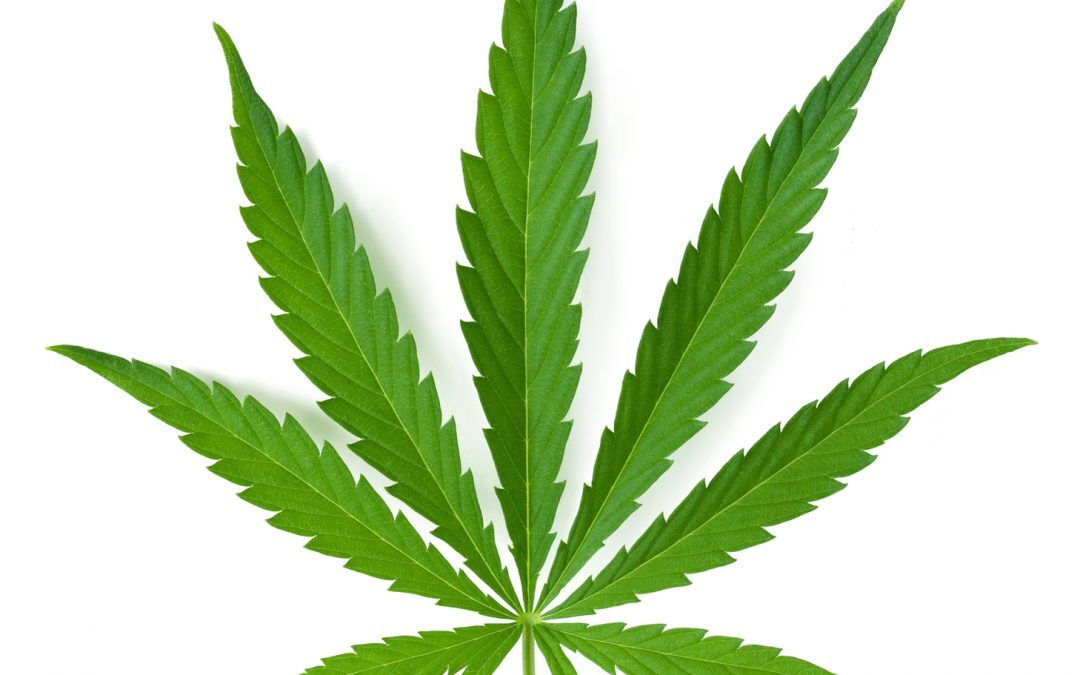Marijuana is defined as the dried leaves and female flowers of the cannabis plant. Users seeking its potentially relaxing or euphoria-inducing properties most commonly smoke it in a pipe or roll it into a cigarette or “joint.” The mind-altering effects of marijuana are created by chemical compounds called cannabinoids, which act directly on receptors in the central nervous system. The most prevalent cannabinoid in marijuana is tetrahydrocannabinol, or THC. Although THC has relatively low toxicity (one is highly unlikely to die from overdose), its psychoactive effects and addictive properties can be profound. THC is also fat soluble, meaning that it will remain in the body well after the effects have worn off. Heavy marijuana users can test positive for THC up to three months after cessation of use.
The effects of marijuana are both physiological and psychological, and can vary from user to user. Some experience euphoria, relaxation, and an alteration of conscious perception that is pleasing. Other pleasurable effects reported include heightened sensuality, heightened libido, and the feeling of increased creativity and insight. Alternately, some people may experience negative effects such as anxiety and panic, paranoia, hallucinations, distorted perceptions of time, and even acute psychosis. It is not uncommon for marijuana use to induce panic attacks, and there is strong evidence to suggest that marijuana use can hasten the onset of schizophrenia in vulnerable individuals. Most marijuana use can result in increased heart rate, dry mouth, and reddening of the eyes.
Marijuana is highly addictive: it is a potent, mood-altering substance that acts quickly when ingested. 49% of the U.S. population have used marijuana. Of that population, 9% become dependent. Young people and individuals with mood disorders (anxiety, depressive, and bipolar spectrum disorders) are at particularly high risk for marijuana dependence. Those dependent on marijuana can suffer social and occupational impairment, as well as severe withdrawal symptoms upon cessation. Marijuana withdrawal commonly results in irritability, anger or aggression, anxiety, depression, insomnia, restlessness, shakiness, stomach pain, and weight loss. The onset of these symptoms often sends the marijuana-dependent individual back to the drug for relief, making quitting very difficult. It is therefore essential that individuals withdrawing from marijuana seek professional help.
References:
Budney, Alan J., Moore, Brent A., et al. (2003). The time course and significance of cannabis withdrawal. Journal of Abnormal Psychology, 112 (3), 393-402.
Budney, AJ., Roffman, R., Stephens, RS., Walker, D. (2007). Marijuana dependence and its treatment. Addiction science & clinical practice 4 (1), 4–16.
Large, M., Sharma, Swapnil., Compton, Michael T., Slade, Tim., Nielssen, Olav. (2011). Cannabis use and earlier onset of psychosis”. Archives of General Psychiatry 68 (6), 555–61.


Leave A Comment